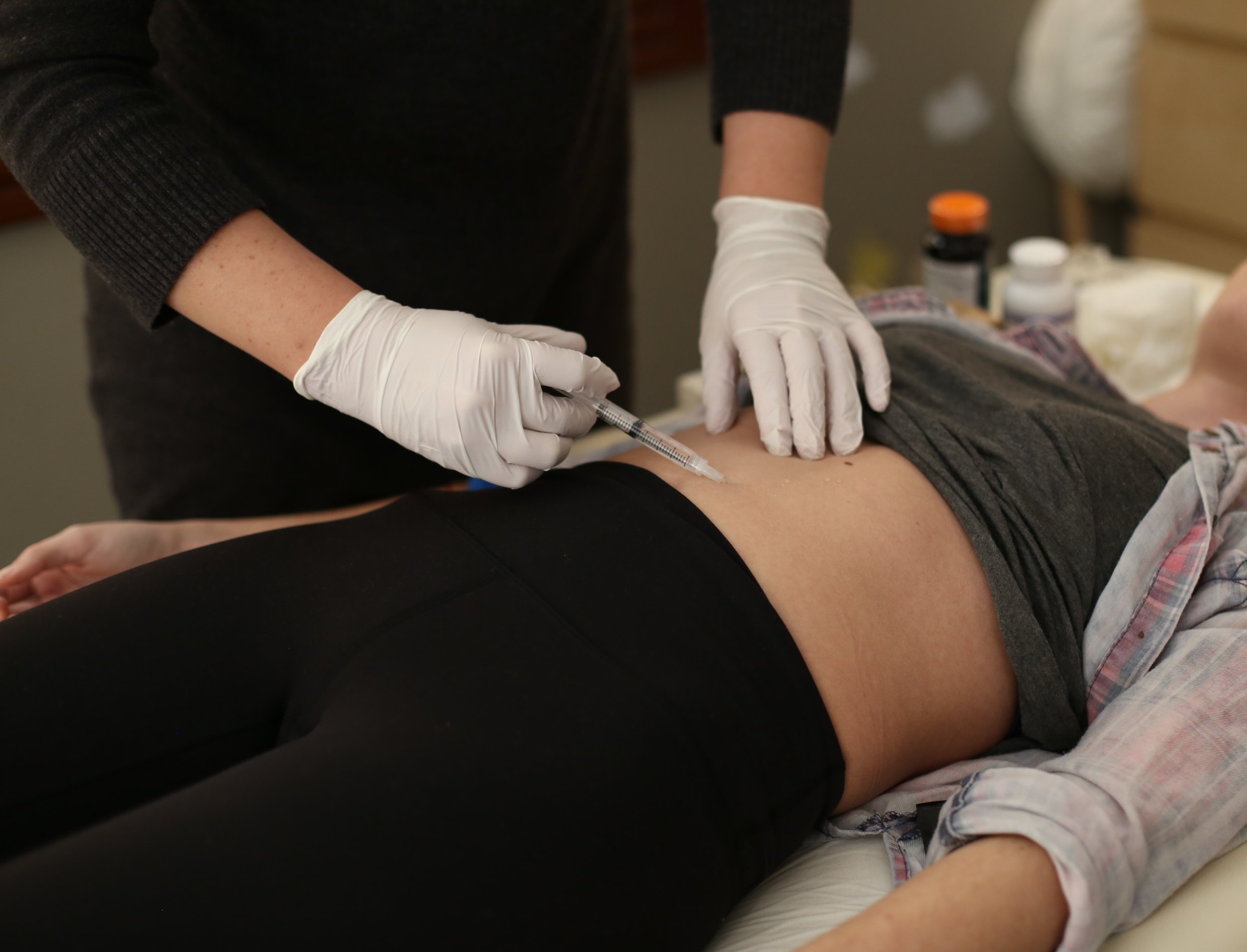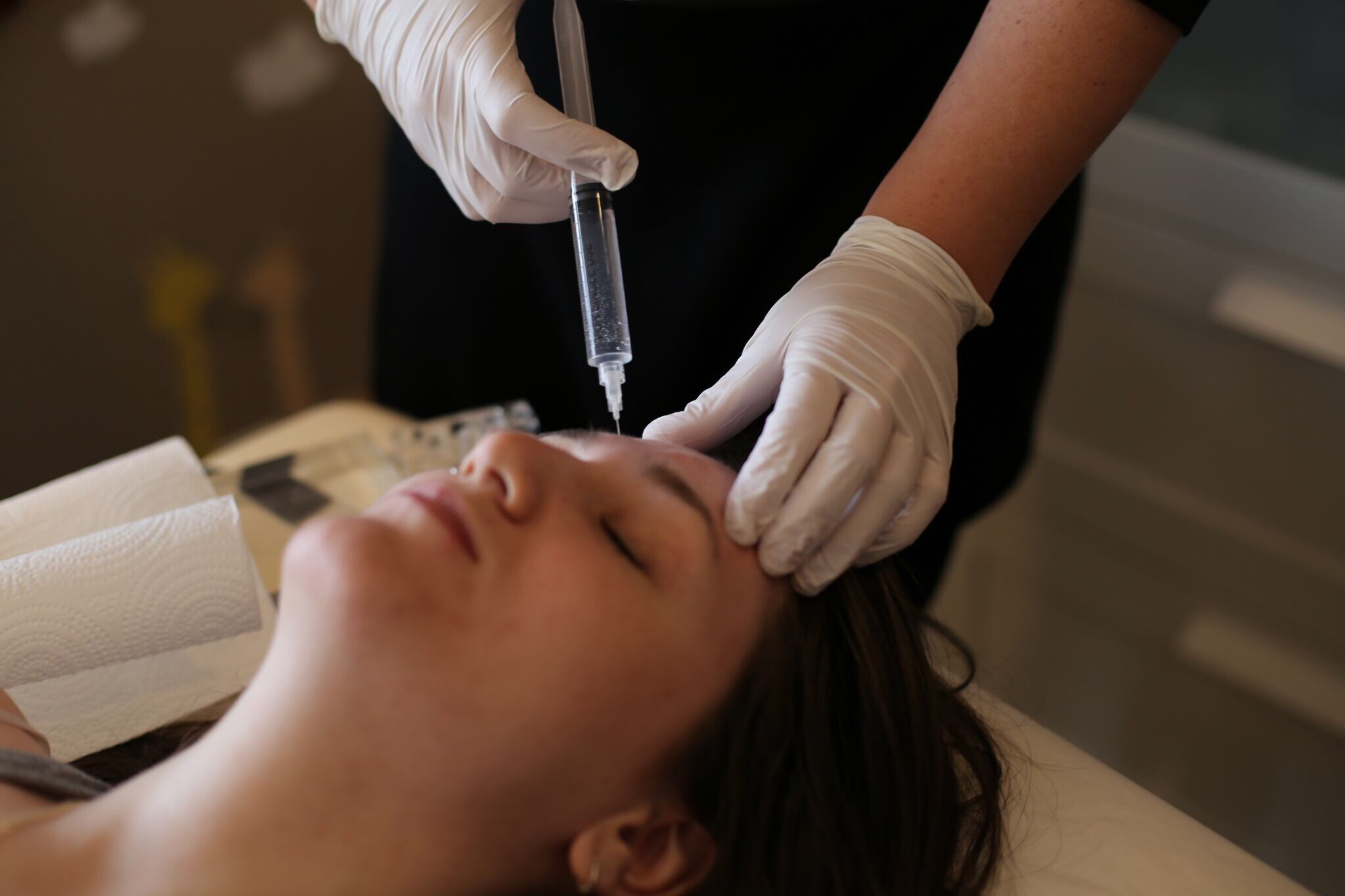Trigger Warnings: Suicide and self harm
I am a physician and have worked with thousands of patients during the last 15 years of my clinical training and professional practice. During that time, I have observed a frightening trend in the mental health of my pediatric patients. They are increasingly more anxious, depressed and suicidal. While there are certainly many variables contributing to this trend, the use of wireless devices appears to be a significant factor. This past week alone I consulted with three separate patients between the ages of 7 and 16 expressing suicidal ideation. Two of them have started cutting themselves. All of their parents, individually, expressed concern over their child’s almost constant use of a cell phone.
This is heart-breaking.
Pediatric mental health professionals are overloaded with young patients. In the Seattle area, most child therapists have full practices and are not accepting new patients. This is a terrifying reality for parents seeking help for their children. Some of these children are harming their bodies through food restriction or cutting. Others have lost hope for the future and interest in things they used to love. This literally covers a significant portion of the list of highly concerning behaviors identified in our state-mandated suicide prevention training. I know that the social isolation, stress of remote learning and significant changes in households as a result of the current pandemic are major factors of the current mental health crisis. The amount of mandated screen time needed to effectively facilitate remote learning is extraordinarily high. My husband and I choose to get weekly screen time reports for our children’s computers and tablets. Prior to the transition to fully remote learning in March, we restricted their total screen time (television, computer, tablets) to an hour a day during the school week and 2 hours a day on the weekend. The reports since the beginning of this school year show that they are averaging at least 6 hours a day. Some days it is closer to 11 hours a day, especially for our middle schoolers. This is in spite of the fact that NONE of them have cell phones. Most of their peers have phones and they do ask us to consider getting them mobile devices, too. We would like to promote social connection but want to be sure we are doing it in the best ways possible. I decided to do a review of the most recent literature to get a better idea of the current scientific perspective on the use of cell phones in children.
The science is clear – the typical use of mobile devices presents a serious threat to our children. Nearly every parent I know with adolescents complains about how their kids are ALWAYS on their phones. According to a Japanese study, mobile phone use is associated with conduct problems and hyperactivity/inattention. Researchers concluded that kids who use mobile phones more than 1 hour per day are also more likely to have emotional symptoms and peer problems. The authors of this study also speculate that increased mobile device use is “likely to increase children’s social isolation, and hinder opportunities for social interaction with family, friends, that benefits the development of social competence, resulting in emotional/behavioral problems.” [1]
In a letter to the Editor dated December of 2018, Sehar Shoukat, Assistant Administrator at California Institute of Behavioral Neurosciences and Psychology, expresses concerns about mobile phone addiction contributing to anxiety, depression, sleep difficulties and stress. Additionally, increased cell phone use in adolescents is associated with suicide risk and lower academic performance. [2] Common Sense Media estimates that teens in the US are using their phones an average of 9 hours a day and over half of those surveyed felt addicted to their phones. [4] This is especially concerning since scientifically teens and tweens are more susceptible to addiction than adults.
In addition to the psychological risks associated with mobile phone use, there are also concerns about the impact of Radio Frequency Electromagnetic Radiation (RF-EMR) on children’s health. The specific type of radiation emitted by cell phone is a concern for hindering brain development and increasing cancer risk. [3] According to the American Academy of Pediatrics, “when used by children, the average RF energy deposition is two times higher in the brain and 10 times higher in the bone marrow of the skull, compared with mobile phone use by adults.” I could not find any large-scale, published studies looking at the long-term risks of cellphone use specifically with regard to cancer in children. However, there are a number of studies investigating increased risks of brain tumors, breast cancer and testicular cancer in adults. [5] There are also studies showing decreased bone density in the lumbar spine and femoral head for men who carry their mobile devices in their pockets. [6]
I realize that the majority of adults and children I know use their mobile phones many hours a day. I am guilty of this myself. There are clear benefits for accessing information quickly and connecting with friends and family. And frankly, I do recognize that it offers a convenient distraction from a very stressful world. However, I think there are ways to use a cell phone responsibly to minimize the risks. Parents who choose to provide a cell phone for their children are advised to limit use to no more than 2 hours per day (this includes ALL screen time devices). Parents should keep the phones away from the dinner table and absolutely out of the bedroom. Additionally, it is recommended that children avoid holding the phone up to their ear and should instead make voice calls on speaker mode or using a wired headset to create distance between the phone and the body as much as possible. [7] Dr. Joseph Mercola sells a headset that transmits the sound waves through a blue “tube” to reduce radiation exposure.
Based on my clinical experience as well as our collective research, my husband and I have decided to postpone providing cell phones to our children until they are old enough to pay for them on their own. We anticipate this will be around the second year of high school. We want to promote unstructured play, in-person social interactions (when safe) and physical exercise to support their development both physically and emotionally. I strongly recommend all parents take the time to explore the literature available on this topic to make informed decisions for their own families.
Links to referenced articles:
1. Hosokawa R, Katsura T (2018) Association between mobile technology use and child adjustment in
early elementary school age. PLoS ONE 13(7): e0199959. https://doi.org/
10.1371/journal.pone.0199959
2. Shoukat, S., 2020. CELL PHONE ADDICTION AND PSYCHOLOGICAL AND PHYSIOLOGICAL HEALTH IN
ADOLESCENTS. [online] Ncbi.nlm.nih.gov. Available at:
<https://www.ncbi.nlm.nih.gov/pmc/articles/PMC6449671/pdf/EXCLI-18-47.pdf> [Accessed 12
December 2020].
3. Ungar, M., 2020. Teens And Dangerous Levels Of Cell Phone Use. [online] Psychology Today. Available
at: <https://www.psychologytoday.com/us/blog/nurturing-resilience/201801/teens-and-dangerous-
levels-cell-phone-use> [Accessed 12 December 2020].
4. Baggini, J., 2020. Is It Time To Ban Children From Using Smartphones? | Julian Baggini. [online] the
Guardian. Available at: <https://www.theguardian.com/commentisfree/2017/dec/13/smartphone-
ban-children-sleep-depression-suicide> [Accessed 12 December 2020].
5. Shih, Y., Hung, C., Huang, C., Chou, K., Niu, S., Chan, S. and Tsai, H., 2020. Breast Cancer Risk Among
Taiwanese Women: A Case-Control Study. [online] Ncbi.nlm.nih.gov. Available at:
<https://www.ncbi.nlm.nih.gov/pmc/articles/PMC7605549/pdf/cmar-12-10799.pdf> [Accessed 13
December 2020].
6. Saraví, Fernando D. MD, PhD Asymmetries in Hip Mineralization in Mobile Cellular Phone Users,
Journal of Craniofacial Surgery: March 2011 - Volume 22 - Issue 2 - p 706-710 doi:
10.1097/SCS.0b013e318207b79a
7. Williams, A., 2020. How Do Smartphones Affect Childhood Psychology?. [online] Psych Central.
Available at: <https://psychcentral.com/lib/how-do-smartphones-affect-childhood-psychology/>
[Accessed 12 December 2020].



